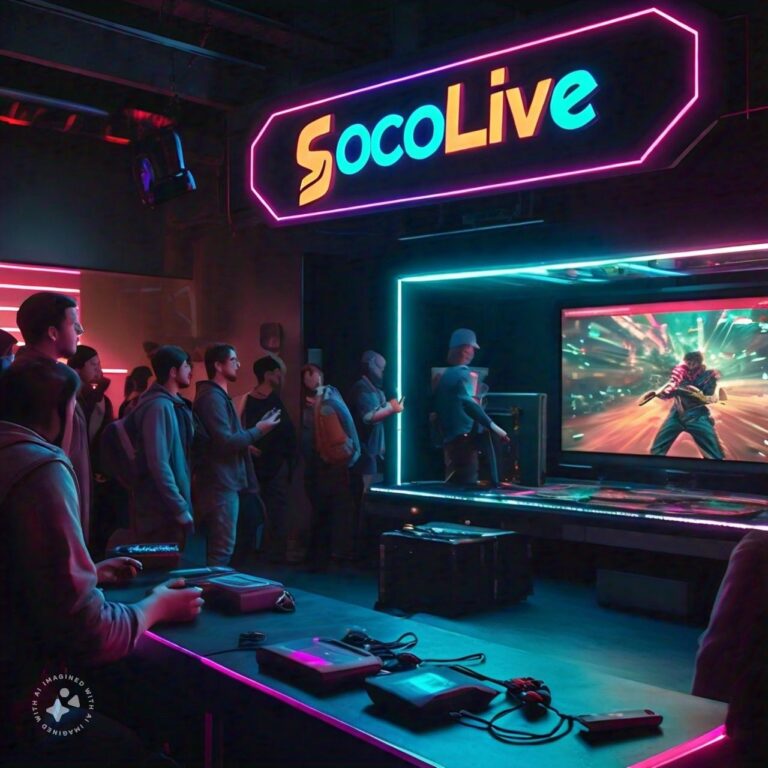How Gen Z Is Changing the Media Landscape
Introduction
Gen Z comprises individuals born between 1997 and 2012, a generation that has grown up with technology at their fingertips. This digital native cohort is diverse in its preferences and influential in shaping various industries, including media. As Gen Z continues to mature, their unique media consumption habits are causing a ripple effect across traditional and digital media platforms. Understanding these shifts is crucial for anyone involved in media production, distribution, or marketing.
The Rise of Authentic Content
One of the standout characteristics of Gen Z’s media consumption is their preference for authentic and relatable content. Unlike previous generations, they are wary of overly polished advertisements and scripted reality shows. They crave genuine content and often seek user-generated content and influencers sharing real experiences. This shift towards authenticity aligns with Gen Z’s broader values of transparency and honesty. They’re not just passive consumers; they seek content that resonates with their lived experiences. Their media habits and consumption preferences can be found in greater detail in Gen Z news.
Social Media’s Influence
Social media platforms are at the heart of Gen Z’s media world. Platforms like TikTok, Instagram, and Snapchat are not just social networks but vital sources of information, trends, and news. According to a Pew Research study, a significant portion of Gen Z gets their news from these platforms, highlighting the shift from traditional news outlets to more interactive and engaging platforms. This transition is particularly evident during significant world events, where Gen Z often turns to social media for real-time updates and diverse perspectives. These platforms also allow for a two-way interaction, making news consumption a more participatory experience.
The Power of Video Content
Video content reigns supreme for Gen Z. Whether short-form videos on TikTok or longer vlogs on YouTube, visual content captures their attention like no other medium. This visual preference means brands and media outlets must prioritize video in their content strategies to capture and maintain Gen Z’s attention. The engagement metrics on video content surpass those of text and image-based posts. Videos allow a more immersive experience, drawing viewers in with dynamic visuals and auditory elements. For Gen Z, who often multitask, video content offers a quick, concise, and entertaining way to consume information.
Interactive and Participatory Media
Gone are the days of passive consumption; Gen Z prefers to engage and interact with content. Features like live streaming, polls, and interactive stories on social media platforms give them a sense of participation and connection. This trend underscores the importance of creating content that allows for engagement and feedback. Interactive media can range from participating in live Q&A sessions with influencers to engaging in real-time polls during live broadcasts. This level of interaction not only makes the audience feel valued but creates a community around the content.
Diversity and Representation
Gen Z values diversity and representation in the media they consume. They are more likely to support brands and content creators who champion inclusivity and reflect various experiences and identities. As a result, media companies are increasingly focusing on producing content that mirrors this generation’s diverse makeup. In a globalized world, Gen Z expects to see content that respects and celebrates different cultures, lifestyles, and identities. Representation isn’t just a buzzword for them; it’s a necessity.
Challenges for Traditional Media
The gravitation towards digital platforms presents challenges for traditional media outlets. Newspapers, television, and radio must innovate and adapt to stay relevant to Gen Z. This might involve leveraging social media channels, creating digital-first content, and utilizing data analytics to understand better and meet the needs of this tech-savvy audience. Traditional media companies can no longer rely solely on their established methods; they must adopt a hybrid approach that integrates digital strategies. This shift involves not just content redesign but also a change in how they measure success, moving from traditional metrics to those that capture digital engagement.
Conclusion
Gen Z is undoubtedly a transformative force in the media landscape. Their unique preferences for authentic, engaging, and diverse content are prompting a significant shift in how media is created and consumed. Media companies and marketers who can adapt to these preferences stand to gain the most in this new era of digital media. The key lies in understanding what drives Gen Z and creating relevant but also engaging and meaningful content. By doing so, media organizations can attract this valuable audience and foster greater loyalty and community around their content.







